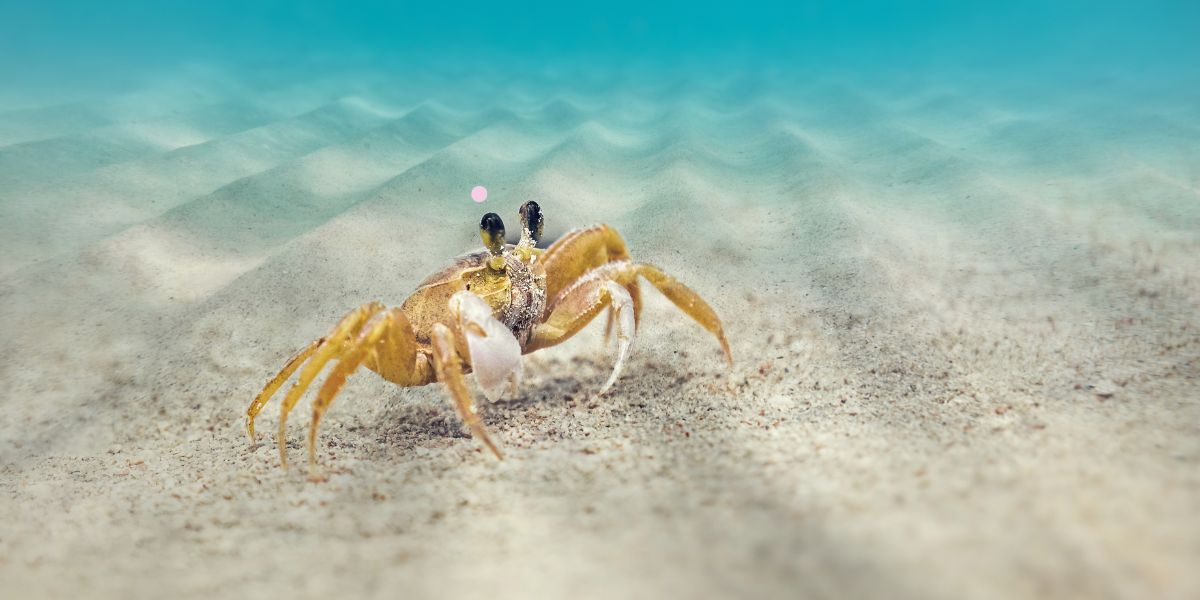Crabs are crustaceans found in oceans, freshwater, and on land. People often search for crabs near them for various reasons, including fishing, cooking, or studying marine life. This article provides a detailed guide on how to find crabs in your local area, the types of crabs you might encounter, and safety tips for handling them .
Understanding Local Crab Species
Different regions have different species of crabs. Common types found near coastal areas include blue crabs, Dungeness crabs, and stone crabs. In freshwater environments, you may find crayfish, often referred to as freshwater crabs near me.
Knowing the species helps in identifying crabs correctly. For example, blue crabs are common along the Atlantic and Gulf coasts of the United States. Dungeness crabs are mainly found along the West Coast. Stone crabs are known in the Florida region. Freshwater crabs or crayfish appear in rivers and lakes.
Where to Find Crabs Near You
Crabs typically live in habitats that provide shelter and food. Coastal areas such as beaches, estuaries, and tidal flats are common places to find crabs. Rocky shorelines and mangrove forests also serve as crab habitats. In freshwater, look near riverbanks, ponds, and lakes.
Tidal zones are ideal because crabs come out during low tide to feed. Checking local tide schedules can increase the chances of spotting crabs. In urban areas, some people find crabs in seafood markets or fishing piers.
How to Locate Crabs
To find crabs near you, start by visiting local coastal or freshwater areas. Look under rocks, logs, or seaweed where crabs often hide. Crabs leave small holes or burrows in the sand or mud, which can be a sign of their presence.
Using bait, such as fish scraps or chicken necks, on a line can attract crabs. Crab traps or nets are also common tools for catching crabs, often used by recreational or commercial crabbers.
Regulations and Safety
Before searching for or catching crabs, it is important to check local laws and regulations. Many areas have limits on crab size, quantity, and seasons to protect crab populations. Violating these rules can result in fines.
Handling crabs requires care. Crabs have strong claws that can pinch and cause injury. Wearing gloves and using proper tools reduces the risk. Avoid disturbing protected species or areas.
Conclusion
Finding crabs near you depends on your location, knowledge of local species, and understanding their habitats. Coastal areas, tidal flats, and freshwater bodies are common places to look. Use safe methods and follow local regulations when catching or handling crabs. This knowledge helps you enjoy crabs responsibly and sustainably.
If you want to explore further, local fishing guides, wildlife agencies, or marine biology resources can provide additional information on crabs in your area.
